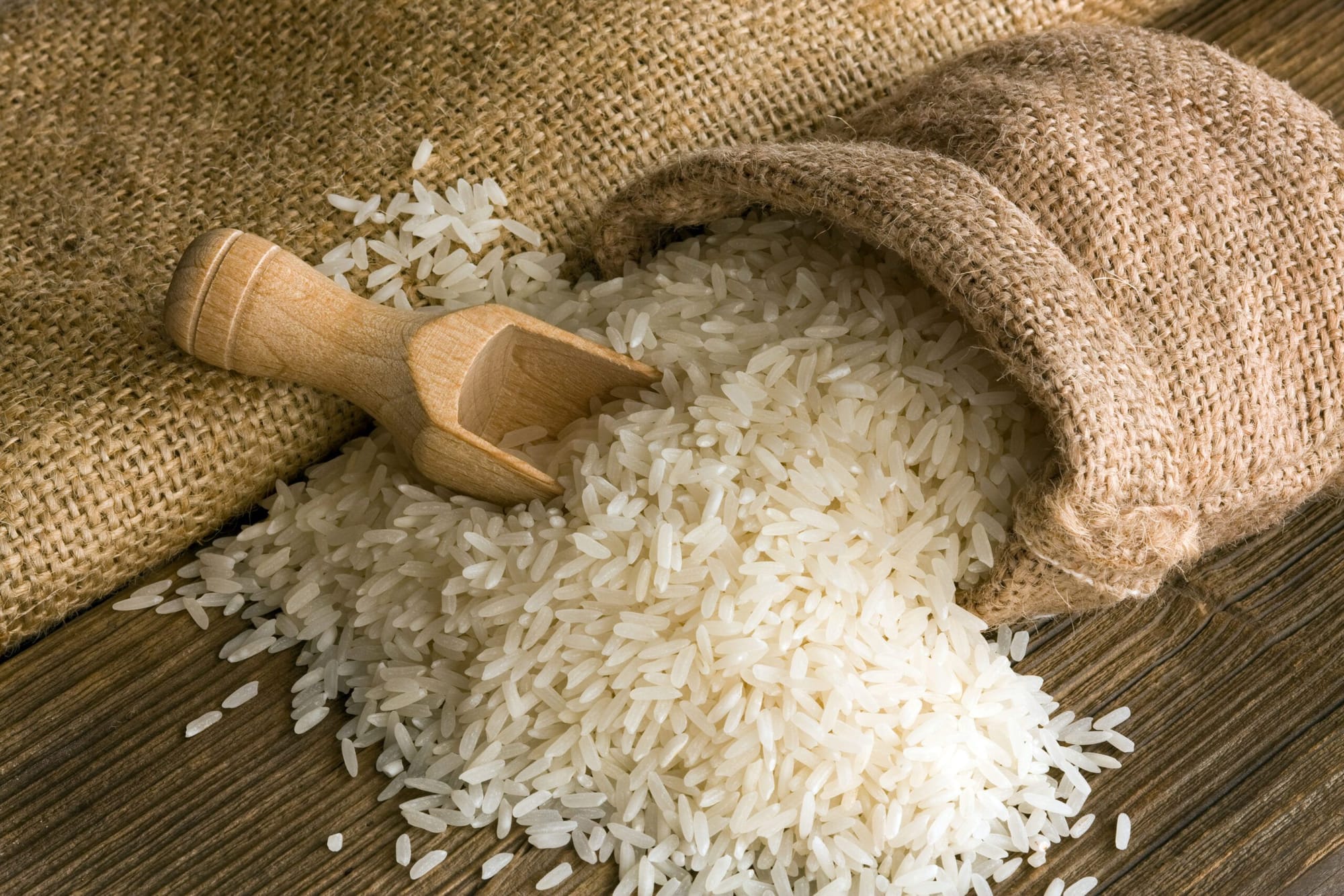
An association of rice exporters on Thursday said the 25% tariff imposed by the US on Indian goods, including rice, will be a 'temporary hurdle' and not a major disruption for the sector. The new tariff, effective from Aug.1, includes duties on Indian rice exports to the US, which stood around 2.34 lakh tonnes in fiscal 2024, a small share of India's total 52.4 lakh tonnes of global basmati rice
📌 Key Highlights
- As of August 1, 2025, the U.S. has officially imposed a 25% tariff on Indian imports, including rice, along with a unspecified penalty tied to India’s oil and defense purchase agreements with Russia
- The Indian Rice Exporters Federation (IREF) has stated that the tariff represents a temporary hurdle, not a permanent disruption. They emphasize India’s competitive advantage and strategic adaptability.
📊 Why Exporters Are Still Confident
- In FY 2023–24, India's basmati rice exports to the U.S. totaled ≈2.34 lakh tonnes, a small slice of the 52.4 lakh tonnes exported globally
- India faces a lower U.S. tariff (25%) relative to major competitors: China (34%), Vietnam (46%), Thailand (36%), and Pakistan (≈30%), helping maintain a tariff-driven pricing edge.
- Exporters point out that demand may experience short-term renegotiations but overall demand should hold, especially supported by quality, branding, and reliability in the Indian rice trade chain.
🔮 Outlook: What Lies Ahead
Short-term (weeks to months)
- Exporters expect some sales disruptions, renegotiated pricing schedules, longer credit terms, and possible delays. But overall volumes may remain stable due to India’s resilience in the West Asian and global markets.
- IREF plans to intensify efforts on market diversification, targeting new destinations beyond just the U.S.
- India’s strategic planning and engagement with government trade bodies aim to mitigate impact and preserve global market reach.
Broader trade implications
- The tariff announcement has put a spotlight on stalled negotiations between India and the U.S., especially around agriculture, tariffs, and India’s energy and defense ties with Russia
- U.S. officials stress that disagreements are complex and cannot be resolved quickly, even though Trump clarified that negotiations remain “ongoing” despite the tariff decision.
- Economists warn about pressure on India’s trade balance and export-driven sectors, potentially dipping into GDP growth unless offset by diversification strategies.
✅ Summary Table
| Factor | Situation |
|---|---|
| U.S. Rice Tariff | 25% starting August 1, 2025 |
| Indian Export Share to U.S. | ~2.34 lakh tonnes (small within overall exports) |
| Competitor Tariffs | China: 34%, Vietnam: 46%, Thailand: 36%, Pakistan: ≈30% |
| Exporters’ Outlook | Tariff seen as temporary; India retains edge |
| Strategy | Market diversification, pricing flexibility, advocacy |
Bottom Line
Despite the new U.S. tariff, Indian rice exporters remain cautiously optimistic due to lower relative duties, established brand trust, and a focus on diversifying markets. While short-term disruptions are expected, the sector aims to preserve — and even grow — its foothold in global rice trade.



